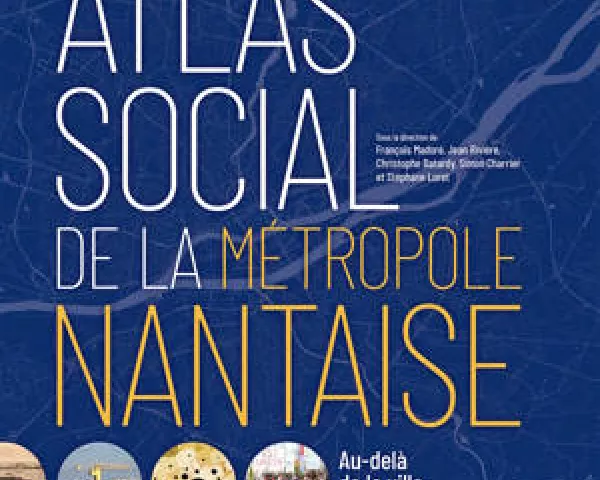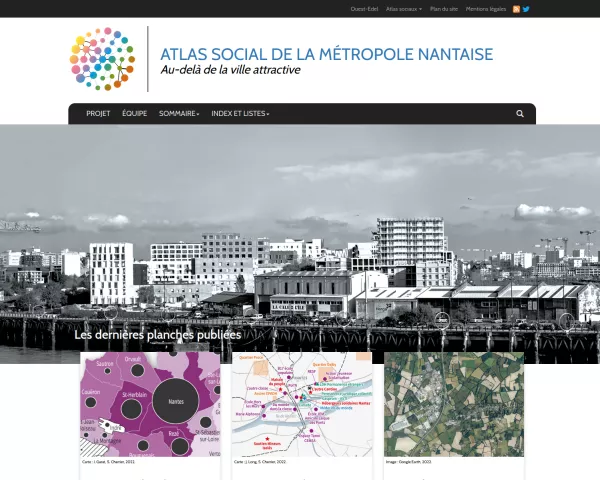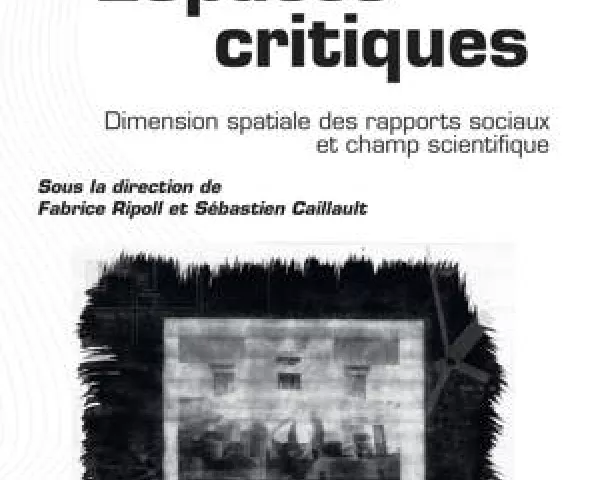The Spatial Dimension of “Pop-Up Cycle Paths” in Metropolitan Areas a Comparative Study of France and Colombia

Florent Demoraes, Nicolas Ovtracht, Kamila Tabaka, Sarah Duché, Boris Mericskay, et al.. The Spatial Dimension of “Pop-Up Cycle Paths” in Metropolitan Areas a Comparative Study of France and Colombia. Cycling Through the Pandemic, Springer International Publishing, pp.169-195, 2023, The Urban Book Series, ⟨10.1007/978-3-031-45308-3_8⟩. ⟨hal-04292462⟩
This chapter goes over how Covid-19 pandemic impacted in space and time on cycling infrastructure in four French cities (Grenoble, Lyon, Montpellier, and Rennes) which we have compared with Bogotá (Colombia). It shows that local authorities implemented different strategies to develop their networks during this unusual period running from 2020 to 2021. The sizeable task of researching, refining, harmonising, and comparing several sources was formalised to ensure reproducibility, and a typology drawn up to compare the five cities. Certain local authorities installed equipment mainly in central spaces, while others also extended infrastructure to the outskirts, in certain cases duplicating pre-existing cycling facilities. In some cities, such as Montpellier, Grenoble, and even more markedly Bogotá, low-income districts also benefited to a certain extent from pop-up cycling infrastructure. Concerning the extent of coverage, two years after the beginning of the pandemic, most of the pop-up cycling infrastructure in the cities under study had been dismantled, or else retained on the already dense parts of the network. In several cases pop-up tracks were used to make up for missing links in the pre-existing network. They also sometimes provided a way of improving certain connections, but given the small number of pop-up paths which became lasting facilities, they have not fundamentally expanded the scale of the networks as the pandemic recedes, nor have they made the cities significantly more cycle-friendly overall.
This chapter goes over how Covid-19 pandemic impacted in space and time on cycling infrastructure in four French cities (Grenoble, Lyon, Montpellier, and Rennes) which we have compared with Bogotá (Colombia). It shows that local authorities implemented different strategies to develop their networks during this unusual period running from 2020 to 2021. The sizeable task of researching, refining, harmonising, and comparing several sources was formalised to ensure reproducibility, and a typology drawn up to compare the five cities. Certain local authorities installed equipment mainly in central spaces, while others also extended infrastructure to the outskirts, in certain cases duplicating pre-existing cycling facilities. In some cities, such as Montpellier, Grenoble, and even more markedly Bogotá, low-income districts also benefited to a certain extent from pop-up cycling infrastructure. Concerning the extent of coverage, two years after the beginning of the pandemic, most of the pop-up cycling infrastructure in the cities under study had been dismantled, or else retained on the already dense parts of the network. In several cases pop-up tracks were used to make up for missing links in the pre-existing network. They also sometimes provided a way of improving certain connections, but given the small number of pop-up paths which became lasting facilities, they have not fundamentally expanded the scale of the networks as the pandemic recedes, nor have they made the cities significantly more cycle-friendly overall.














